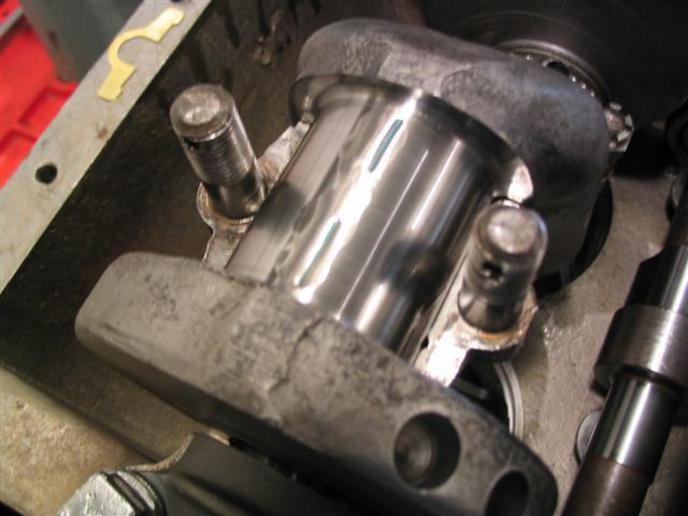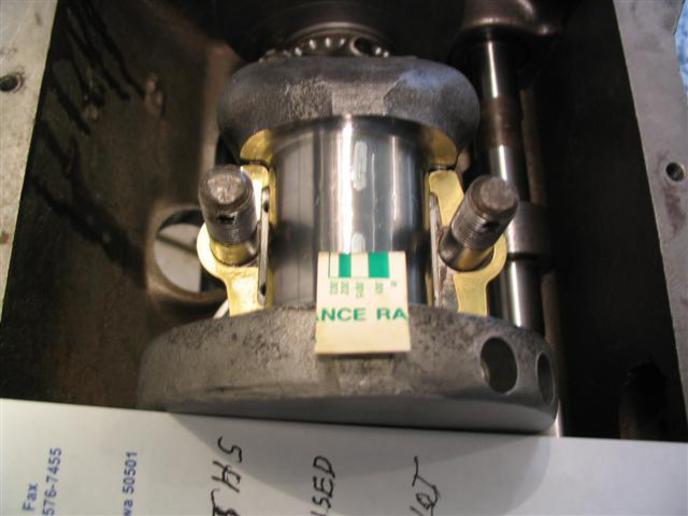Many people do not use Plasti-Gage the way it gives a true reading.
The shaft, and bearing have to be wiped very clean, and then a couple of drops of oil on the shaft, and bearing. The oil will let the Plasti-gage spread out,
or it will have the tendency, to push straight in. Put about a 1/2 inch of Plasti-gage on the ends of the bearing, each end. The middle is not important.
Torque the bolts, and leave for 15 seconds, and remove the bolts. Read the crank shaft only, not the bearing. Then either leave, or adjust.
" Adjustment " some shim packs have .002, and .003 pieces, in a stack. If a bearing is loose, take out a two, or three, and then if it is to tight, make a .001
and put back that in. The same for the .003 thickness, use a .001, or .002 in any combination.
Do not ever use bearing clearance, stated in books or manuals, as they are in Minimum, and Maximums, and neither are the best to use. What to use is .001 per
inch of shaft, Plus another, .000-50 thousandths. So a 3-1/2 inch shaft, will have, .003-50 thousandths clearance, Plus an extra .000-50 thousandths would be
.004-00 total on a 3-1/2 inch.
Now, when that 3-1/2 shaft is up to operating temperature, it will expand to about 3-1/2 thousandths so the shaft clearance will be some where around .006
thousandths, when broken, in. give, or take some tenths.
All machining of Rod bearings, Line boring mains, spun poured Cam bearings is done with an inside Mic, and then out side Mic over the inside Mic. Doing it that
way, we can repeatedly measure a bearing to a tenth, of a thousandths.
Herm.



